|
|

|
Newsletter
No. 58
|
|
|
| WELCOME |
|
We are all now being affected, if not consumed, by the COVID-19 global viral sickness. From fire to flood and now that virus. The Animal Ark team are hoping that you, your family and your pets are well, occupied, have toilet paper and can see it through for the unknown months ahead without sickness or loss of life for you and your friends and family.
Like many businesses and individuals, we are suffering also - with cancelled bookings and the like.
Please DO NOT COME if you are sick or have recently travelled overseas, interstate or come into contact with anyone with the virus.
IF NEW RESTRICTIONS ALLOW IT, PLEASE DO COME - our snake avoidance dog training is one on one, just you and 2 trainers – outdoors and with minimum human contact.
Our snake handler courses, weather permitting, are now conducted outdoors with a reduced number of trainees being present - training from our Mahogany Creek location with social distancing and enhanced hygiene protocols in place.
Maybe have a think – we all need to do something surely in the coming months – otherwise providing I don’t get the COVID-19, it’s reading books, Netflix, home décor and gardening for the foreseeable future.
|

|
|
|
| MY DOG NOSE |
|
Why is your dog’s nose so cold and wet? Until very recently it has been assumed that dogs have a cold and often wet nose to help with temperature regulation – the wet nose cooling the animal via evaporation. A dog can have 100 million sensory receptor sites in their nasal cavities, compared to our human 6 million. So, as well as potentially cooling the dog, their sense of smell is well known, with many dogs making a living assisting us with everything from truffle hunting to drug detection.
A recent study has discovered another amazing function of the canine nose - that of thermal heat detection. With coldness of the nose making the dog rhinarium particularly sensitive to radiating heat. The study found that dogs were able to pick out objects that are warmer than the surrounding temperature, detecting even weak thermal radiation. And they suggest it is the nose, rather than any other part of the body, assisting the dog. They may not be able to detect warmer objects at a distance, but for shorter distances being able to sense heat from prey could help canines hunt even when their other senses are obscured. For more information see https://www.nature.com/articles/s41598-020-60439-y
|
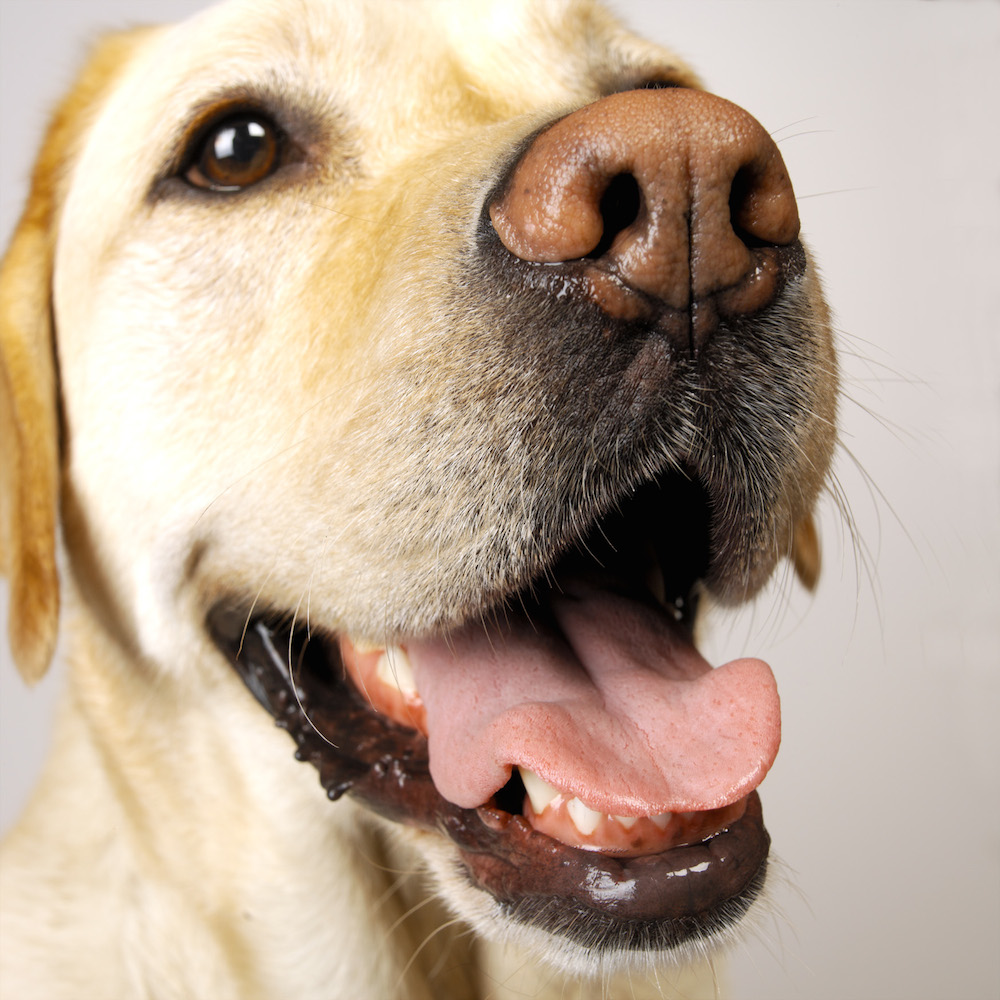
|
|
|
| TOADALLY WEARABLE |
|
One of our most invasive pest species the Cane toad (Rhinella marina) may finally prove useful – at least to the fashion industry. Apparently, toad skin handbags and shoes are flying (or hopping) off the shelves. Fashion label Vermin had some toad skin items on display at the Toad Busting exhibition in Melbourne recently, but that show has now been closed by another unwanted feral we are all calling COVID-19.
|
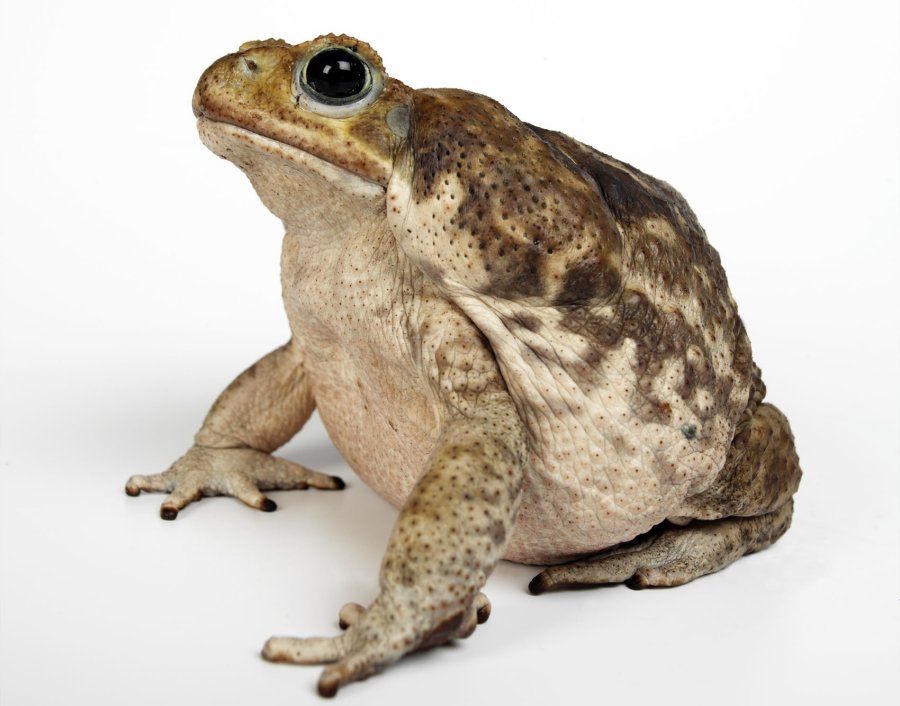
|
|
|
| BLOOD BROTHERS OR SISTERS OR COMPLETE STRANGERS |
|
Vampire bats (Desmodus rotundus) are the only mammal (apart from possibly dogs) that detect warm blooded prey through thermal radiation. They also feed exclusively on warm blood. They need to feed every few days in order to survive. Recent studies have shown that roosting vampire bats kiss socially with a mouth full of blood, in a caring is sharing strategy. It seems even total strangers ie bats that have not met before, will share this behaviour. Scientists reckon it probably helps to feed another bat if you have spare blood, so that you may get lucky with a return kiss one day, especially useful if you haven’t had much lunch recently.
Bats are responsible for harbouring the terrible Cornavirus that causes COVID-19 that now affects and/or infects us all. In fact, bats are major vectors of similar zoonotic viral diseases such as Ebola, SARS, Hendra and Australian Bat Lyssavirus. Bat related viruses tend to harbour RNA type rather than DNA type viruses.
|
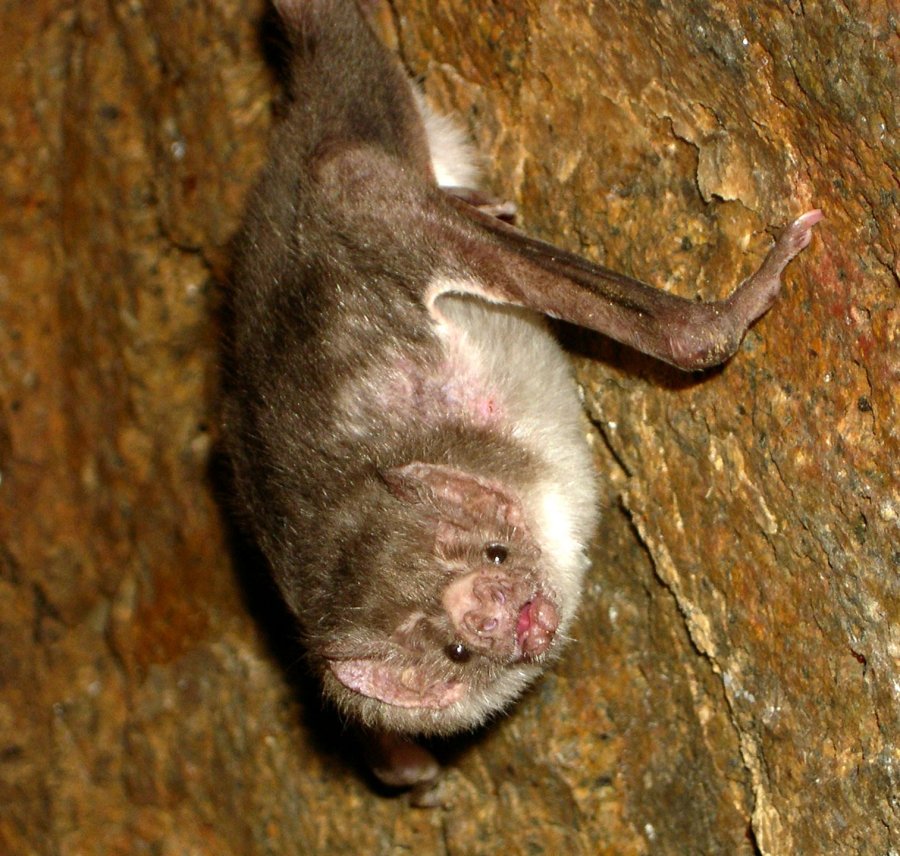
|
|
|
| SNAKE AVOIDANCE TRAINING FOR DOGS - BOOK NOW |
|
We are organizing our spring 2020 schedule, but still have plenty of autumn training dates, we will also continue to train throughout the winter months. See our dedicated website www.snakeavoidance.com.au |
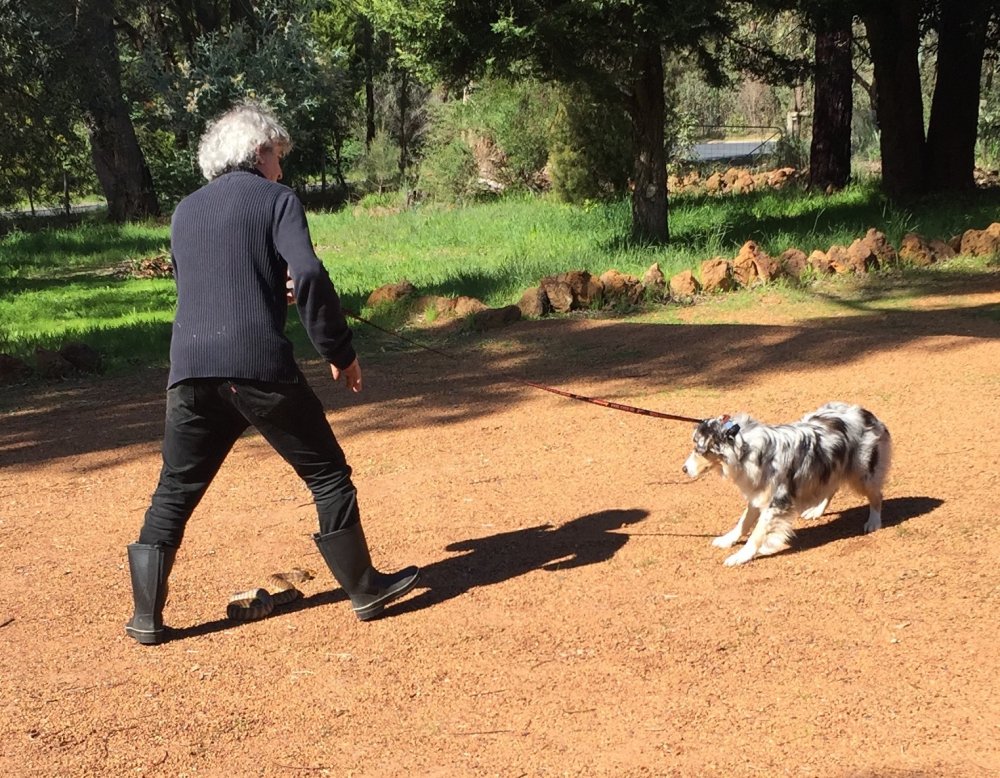
|
|
|
CONSERVATIONIST FEATURE No 9
Theodore Roosevelt 1858-1919 |
|
Despite dying over 100 years ago I thought I would give Theodore Roosevelt a mention as a globally important conservationist. He was the 26th president of the United States and the youngest ever, taking power as vice president aged 42 when the actual president William McKinley was assassinated.
He was very popular in his day and is still ranked as one of the 5 best presidents ever. He championed the ‘square deal’ promising the average citizen fairness and a better quality of life. He achieved this by breaking up some powerful business interests, notably amongst the railroad companies, and improving by law the quality and purity of food and water that could be sold to the public by ensuring labelling was accurate and legally adhered to. He made conservation a top priority and established many national parks, forests and monuments. He was apparently most proud of his conservation efforts and extensively used presidential executive orders to preserve 150 million acres of forestry. Congress trying to curtail these orders passed a new bill that would prevent further use of executive orders in this way. But before signing that bill into law he used further executive orders to establish another 21 forest reserves in 31 states.
In many ways he was well in advance of the times as he regarded the natural world as a vital resource. During his lifetime he established the United States Forest Service, the first 51 bird reserves, four game reserves and 150 national forests. In total he placed under public protection approximately 230,000,000 acres of land (930,000km²). Not bad – shame current world leaders cannot do more of the same.
|

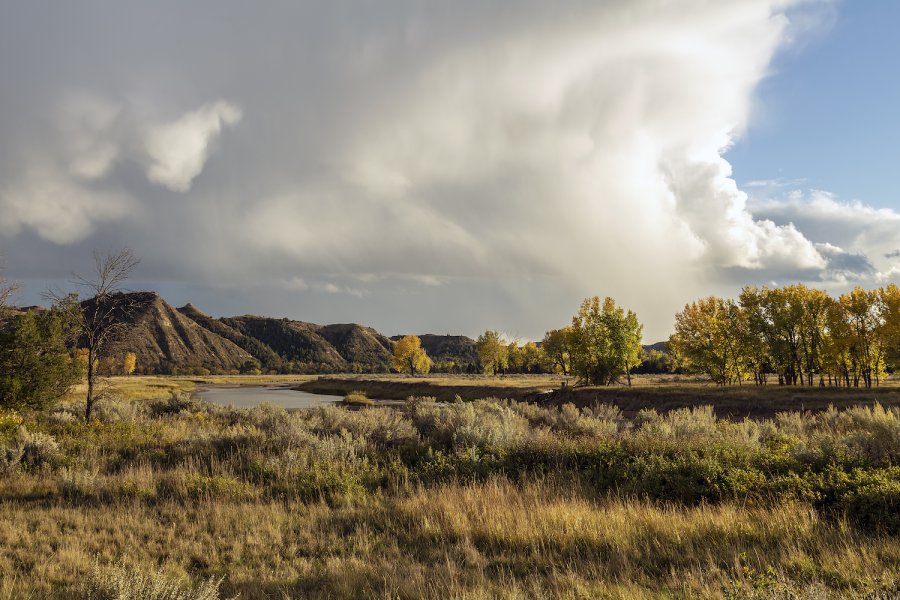
|
|
|
| EXTENDING OUR SALES OFFER |
|
Our popular SOLO SNAKE HANDLER KIT is available for the amazing discounted price of $425 inc GST (usually $555 inc GST).
|

|
|
Snake catching bag and frame.
Special offer price $120 (usually $165)
|

|
|
2 x SNAKE HOOKS
(one of each hook size, regular and medium)
Only $132 (usually $165).
|

|
|
All include GST and shipping Australia wide. Phone or email orders only.
Offers ends 31 May 2020
Call 08 9243 3044, email shop@animalark.com.au to order.
|
|
|
| Animal in Focus: VIRUS |
|
Without doubt the topic of 2020 - viruses. I thought I would try to find out more about them before rushing out to buy more toilet tissues!
The first thing I have discovered is that viruses are not even living things (probably) it depends a bit on who you ask (or google). Viruses cannot reproduce by themselves; they can only survive and replicate once inside a living organisms’ cells. So many scientists conclude they are non-living. They consist of usually either RNA or DNA genetic material surrounded by a protective covering called a capsid that is made up of protein. But because they evolve through natural selection, carry genetic material and can reproduce, other scientists conclude that they are indeed a life form. So almost alive but also not quite dead.
Viruses are a type of microbe; millions of types of microbes inhabit our planet and many of them live within our bodies and are very useful if not vital to our bodily functions. They are absolutely tiny, much smaller than bacteria and other germy things. You need an electron microscope to see them. Alongside viruses’ other microbes are bacteria, fungi, amoebas and archaea. Most again are present in our bodies and we get along fine with them!
Viruses were first discovered in 1892 by Dmitri Ivanovsky and Martinus Beijerinck who were looking at infected tobacco plants. Beijerinck devised a super fine filter that would remove all bacteria from the liquidised infected tobacco leaves. They found that this filtered material injected would reinfect healthy plants. Beijerinck at first called this finely filtered infectious mass contagium vivum fluidum (soluble living germ) but then he changed that to the Latin word for poison or toxin - virus. Thus, a new science the study of viruses - Virology - was born.
Viruses are abundant and crucial to life. One litre of sea water may contain one hundred million viruses. Which at the time astonished the student who found this out, as they hadn’t really expected to find any at all living in saltwater. The entire world and our bodies and well everything it would seem is awash with viruses. They can even emerge viable from 30,000-year-old permafrost – so they are survivalists and very patient miniscule things. Whilst there are millions of types of virus only about 5,000 have been described in detail – they can infect all living plants and animals including bacteria and archaea.
Most dangerous is the Marburg virus - 90% fatality rate
SARS-CoV-2 which is the name given to the current virus - COVID-19 is the disease caused by it. Mortality 4% to 8% – apparently. Recently found to have passed from human to a tiger in a zoo in Ohio. So very much zoonotic, passing between animals and humans.
Flu – caused by the influenza virus. Many different strains and they can change each year.
One thing for certain about viruses is that the ones most deadly to humans derive from poor hygiene, close proximity and cross contamination between humans and other animal species notably birds, bats and pigs. We need to ensure that live animal wildlife markets such as the one in China from whence this virus purportedly arose are either shut down and/or on a global level, we need to see huge improvements in animal husbandry and welfare. As a human species we need to move away from traditional medicine practises involving exotic species to mitigate against the next viral outbreak. According to the experts it is always a matter of not if but when. The medieval mindset that thinks dried pangolin scales, powdered tiger penis or fresh civet cat meat - is good for you may condemn mankind to a never-ending cycle of pandemics. Rant over – see you all soon – hopefully.
|
-under-electron-microscope-photo-felipe-esquivel-reed-wikimedia-commons.jpg)
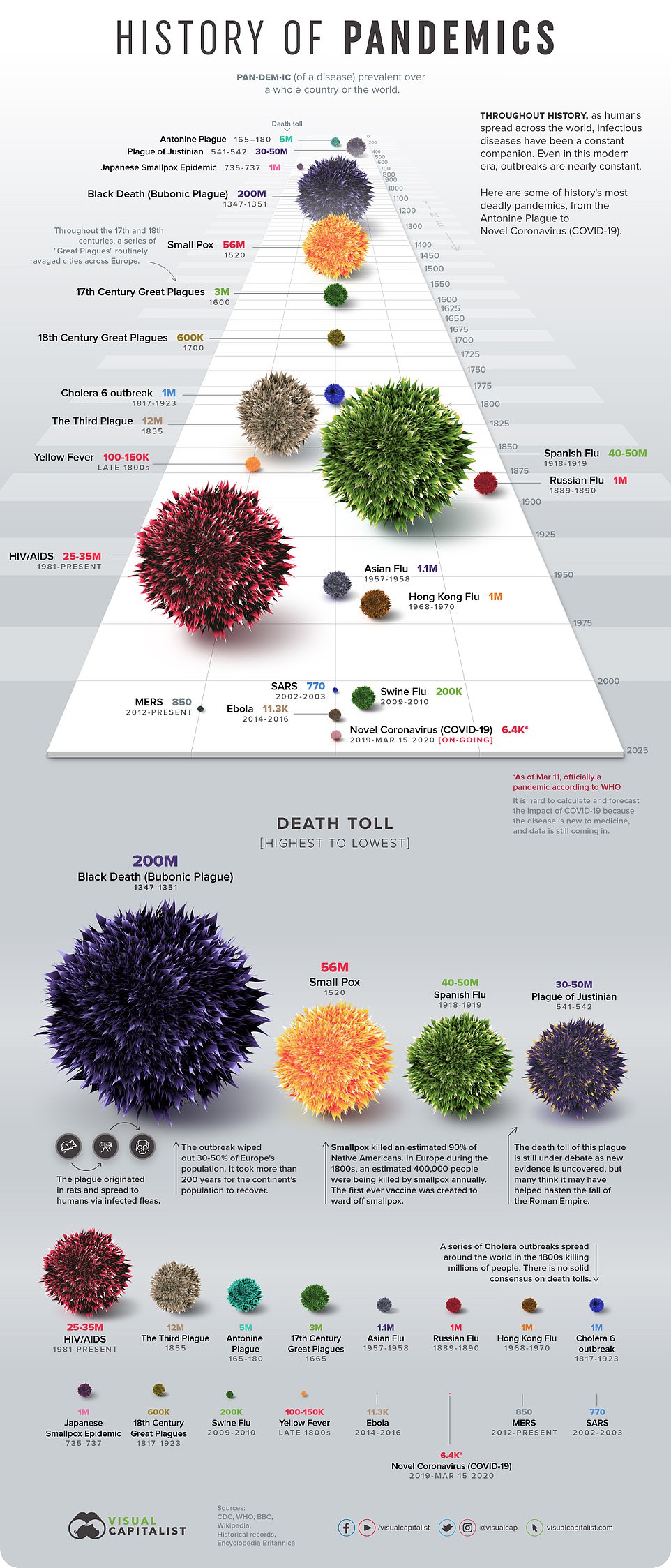
|
|
|
| Upcoming Courses and Events |
|
Subject to COVID-19 Restrictions
Some training available, with double the space, fewer trainees, outdoor training venue, enhanced hygiene and distancing protocols.
Venomous Snake Handling Course
Thursday 23 April - Mahogany Creek, Perth Hills - 30mins from CBD / 20mins from airport
Thursday 30 April - Mahogany Creek, Perth Hills – FULL
Thursday 14 May - Mahogany Creek, Perth Hills
Monday 25 May - Mahogany Creek, Perth Hills
Friday 29 May - Mahogany Creek, Perth Hills
Wednesday 3 June - Mahogany Creek, Perth Hills
Monday 8 June – Mahogany Creek, Perth Hills
Wednesday 17 June – Mahogany Creek, Perth Hills
Friday 3 July – Mahogany Creek, Perth Hills
Monday 27 July – Mahogany Creek, Perth Hills
Friday 7 August – Mahogany Creek, Perth Hills
Friday 28 August – Mahogany Creek, Perth Hills
Tuesday 8 September – Mahogany Creek, Perth Hills
Friday 18 September – Mahogany Creek, Perth Hills
Friday 25 September – Mahogany Creek, Perth Hills
Wednesday 14 October – Mahogany Creek, Perth Hills
Tuesday 27 October – Mahogany Creek, Perth Hills
Wednesday 4 November – Mahogany Creek, Perth Hills
Thursday 19 November – Mahogany Creek, Perth Hills
Wednesday 2 December - Mahogany Creek, Perth Hills
Fauna Handling Course
Thursday 2 July – Mahogany Creek, Perth Hills
Thursday 17 September – Mahogany Creek, Perth Hills
Wednesday 18 November – Mahogany Creek, Perth Hills
Snake Avoidance Training for Dogs
Saturday 23 May – Mahogany Creek, Perth Hills - 30mins from CBD / 20mins
Saturday 6 June – Mahogany Creek, Perth Hills
Saturday 4 July – Mahogany Creek, Perth Hills
Saturday 29 August – Perth Hills
Saturday 5 September – Oakford area
Sunday 6 September – North Beach
Friday 11 September - Bunbury
Saturday 12 September - Bunbury
Sunday 13 September - Bunbury
Monday 14 September - Bunbury
Saturday 19 September – Perth Hills
Sunday 20 September – Toodyay
Tuesday 22 September – Donnybrook area
Saturday 26 September – North Beach
Sunday 27 September – Yanchep area
Saturday 3 October – Baldivis area
Sunday 4 October – Mandurah area
Tuesday 6 October – Donnybrook area
Saturday 10 October – Margaret River
Sunday 11 October – Margaret River
Monday 12 October – Margaret River
Friday 16 October - Bunbury
Saturday 17 October - Bunbury
Sunday 18 October- Bunbury
Monday 19 October – Bunbury
Saturday 24 October – Albany
Sunday 25 October – Albany
Friday 30 October - Nannup
Saturday 31 October – Nannup
Tuesday 10 November – Donnybrook
Saturday 14 November – Margaret River
Sunday 15 November – Margaret River
Public Events
None currently scheduled.
For Snake and Fauna Handler training, events and schools, please see our diary at www.animalark.com.au/diary-of-events.
For Snake Avoidance Training for Dogs see our diary at www.snakeavoidance.com.au/dates-and-locations
Dates subject to change – best to check the websites.
Call (08) 9243 3044, SMS 0466 688 188 or email David and Jenny at info@animalark.com.au to book.
Courses held monthly and as required plus on-site and remote site training available.
|
|


|
|











-under-electron-microscope-photo-felipe-esquivel-reed-wikimedia-commons.jpg)


